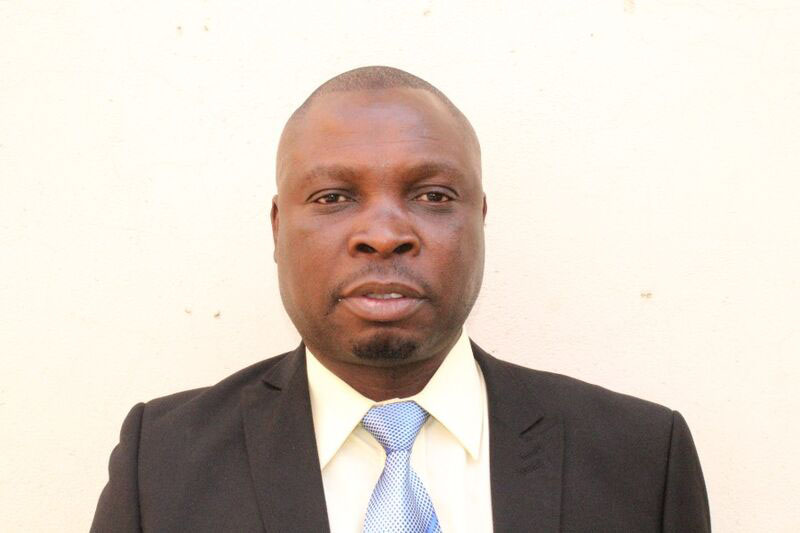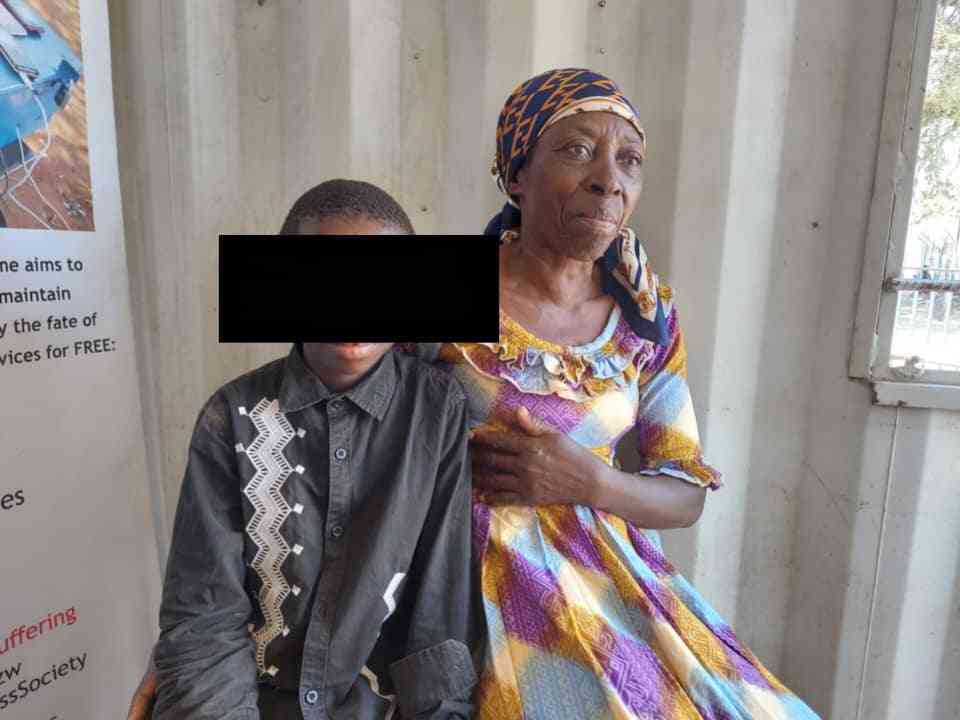
BY PATRICIA SIBANDA Matabeleland North Provincial Affairs minister Richard Moyo says villagers in Binga’s Lubimbi will be relocated to Lusulu to pave way for the Gwayi-Shangani dam project.
Moyo said the relocation exercise of an estimated 2500 villagers will cost more than US$2 million.
This is not the first time that Lubimbi villagers are being relocated to pave way for a dam project.
They were initially relocated from their land in the Madilo area between Shangani and Kana rivers in 1945 to create space for a Cold Storage Commission project.
During the construction of the Kariba Dam around 1956, the other group that came from the Sinamatela area was also relocated to facilitate the establishment of the Hwange National Park.
In an interview, Moyo said US$2million was enough to cover the relocation costs as well as cater for the construction of other social amenities such as schools and clinics.
“l just want to make this clear that the government is not only going to allocate US$2 million for the Lubimbi villagers,” Moyo said.
“This simply means that the budget is more than that and it will be enough to take care of everything displaced.
- Chamisa under fire over US$120K donation
- Mavhunga puts DeMbare into Chibuku quarterfinals
- Pension funds bet on Cabora Bassa oilfields
- Councils defy govt fire tender directive
Keep Reading
“The government will fully compensate the villagers as it promised. Schools, boreholes and everything displaced will be all catered for.”
Moyo added: “The villagers are going to be moved to a place called Lusulu. That is the rightful area that the government has identified.”
In a position paper, the Matabeleland Institute for Human Rights (MIHR) said the planned relocations were inhumane and cause disruption of social, cultural and religious values and systems of Binga villagers, among other human rights violations.
In its recommendations, the MIHR urged the government to fully adopt and adhere to the United Nations Basic Principles and Guidelines on Development-based Evictions and Displacement.
“The relevant parliamentary portfolio committees should be mandated to visit the affected communities before and after relocations to ensure that appropriate policy and action measures are being taken to alleviate gross human rights violations,” the MIHR added.
The Gwayi-Shangani dam will have a holding capacity of 634 million cubic metres.
The dam is part of the greater Matabeleland Zambezi Water Project that was identified in 1912 as a long-term solution to the perennial water challenges faced in Matabeleland North, South, and Bulawayo provinces.
The dam construction is expected to be completed by December this year.
The Zimbabwe National Water Authority and Chinese contractor, China International Water and Electric Corporation are involved in the construction of the giant structure.
Upon completion, the pipeline will carry 160 000 megalitres of water to Bulawayo daily.









